
Nicanor Segundo Parra Sandoval was a Chilean poet and physicist. He was considered one of the most influential Chilean poets of the Spanish language in the 20th century, often compared with Pablo Neruda. Parra described himself as an "anti-poet," due to his distaste for standard poetic pomp and function; after recitations he would exclaim "Me retracto de todo lo dicho".

Federico del Sagrado Corazón de Jesús García Lorca, known as Federico García Lorca, was a Spanish poet, playwright, and theatre director. García Lorca achieved international recognition as an emblematic member of the Generation of '27, a group consisting mostly of poets who introduced the tenets of European movements into Spanish literature.
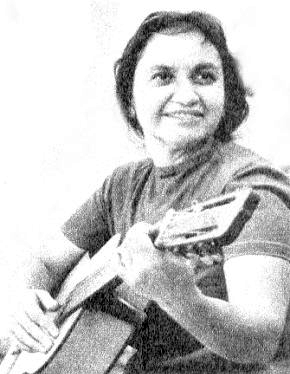
Violeta del Carmen Parra Sandoval was a Chilean composer, singer-songwriter, folklorist, ethnomusicologist and visual artist. She pioneered the Nueva Canción Chilena, a renewal and a reinvention of Chilean folk music that would extend its sphere of influence outside Chile.

Andrés de Jesús María y José Bello López was a Venezuelan humanist, diplomat, poet, legislator, philosopher, educator and philologist, whose political and literary works constitute an important part of Spanish American culture. Bello is featured on the old 2,000 Venezuelan bolívar and the 20,000 Chilean peso notes.
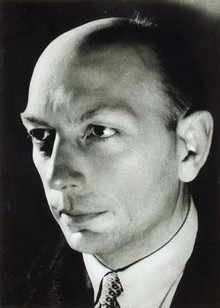
Henri Michaux was a Belgian-born French poet, writer and painter. Michaux is renowned for his strange, highly original poetry and prose, and also for his art: the Paris Museum of Modern Art and the Guggenheim Museum in New York had major shows of his work in 1978. His texts chronicling his psychedelic experiments with LSD and mescaline, which include Miserable Miracle and The Major Ordeals of the Mind and the Countless Minor Ones, are well known. So are his idiosyncratic travelogues and books of art criticism. Michaux is also known for his stories about Plume – "a peaceful man" – perhaps the most unenterprising hero in the history of literature, and his many misfortunes. His poetic works have often been republished in France, where they are studied along with the great poets of French literature. In 1955 he became a citizen of France, and he lived the rest of his life there. He became a friend of Romanian pessimist philosopher Emil Cioran around the same time, along with other literary luminaries in France. In 1965 he won the grand prix national des Lettres, which he refused to accept, as he did every honor he was accorded in his life.

Martín Espada is a Puerto Rican-American poet, and a professor at the University of Massachusetts Amherst, where he teaches poetry. Puerto Rico has frequently been featured as a theme in his poems.
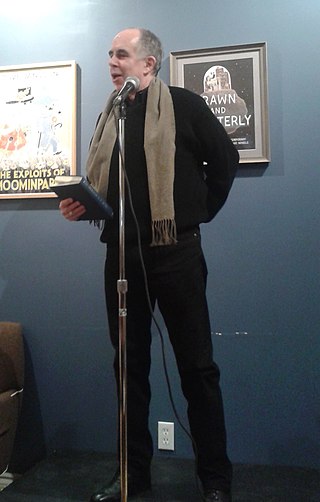
Albert Frank Moritz is a United States-born Canadian poet, teacher, and scholar.
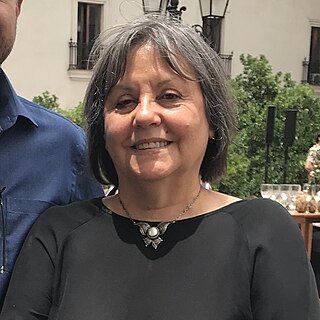
Diamela Eltit is a Chilean writer and university professor. She is a recipient of the National Prize for Literature.
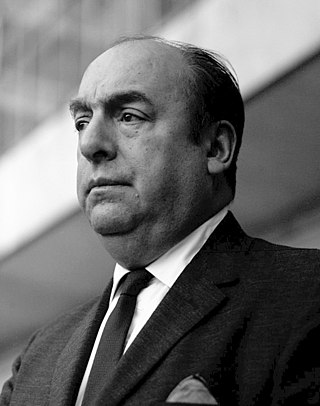
Pablo Neruda was a Chilean poet-diplomat and politician who won the 1971 Nobel Prize in Literature. Neruda became known as a poet when he was 13 years old and wrote in a variety of styles, including surrealist poems, historical epics, political manifestos, a prose autobiography, and passionate love poems such as the ones in his collection Twenty Love Poems and a Song of Despair (1924).
Nationality words link to articles with information on the nation's poetry or literature.
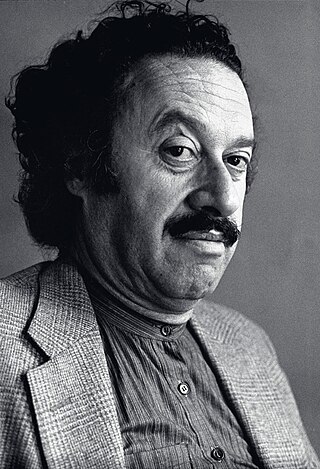
Enrique Lihn Carrasco was a Chilean writer, literary critic, and cartoonist, mostly known as a poet, but who also wrote essays, short stories, novels, plays, and comic books.

Alberto Blanco is a Mexican poet. Born in Mexico City, he spent his childhood and adolescence in that city, and he studied chemistry at the Universidad Iberoamericana and philosophy at the Universidad Nacional Autónoma de México. For two years, he pursued a master's degree in Asian Studies, specializing in China, at El Colegio de México.1 Blanco was first published in a journal in 1970. He was co-editor and designer of the poetry journal El Zaguan (1975–1977), and a grant recipient of the Centro Mexicano de Escritores, el Instituto Nacional de Bellas Artes, and the Fondo Nacional para la Cultura y las Artes. In 1991 he received a grant from the Fulbright Program as a poet-in-residence at the University of California, Irvine; and, in 1992, he was awarded a grant from the Rockefeller Foundation. He was admitted into the Sistema Nacional de Creadores in 1994, for which he has also been a juror. In 2001 he received the Octavio Paz Grant for Poetry, and in 2008, he was awarded a grant from the Guggenheim Foundation. He remains a member of the Sistema Nacional de Creadores.
La Mandrágora was a Chilean Surrealist group "officially founded" on 12 July 1938 by Braulio Arenas (1913-1988), Teófilo Cid and Enrique Gómez Correa. The group had met in Talca and first started exchanging in 1932. They published an eponymous review and an anthology of poetry, El A, G, C de la Mandrágora, which included works by all founders except Teófilo Cid. Politically, the group supported the Popular Front.
Demián Flores Cortés is a contemporary Mexican artist who works in multiple media. He has worked in graphic arts, painting, serigraphy and more producing work which often mixes images from his rural childhood home of Juchitán with those related to modern Mexico City. It also often including the mixture of pop culture images with those iconic of Mexico’s past. Much of Flores’ work has been associated with two artists’ workshops he founded in Oaxaca called La Curtiduría and the Taller Gráfica Actual. This work has included events related to the 2006 uprising in Oaxaca and the restoration of an 18th-century church. His work has been exhibited in Mexico City, Europe, Guatemala and Cuba.

Raúl Armando Zurita Canessa is a Chilean poet. He has received the Queen Sofia Prize for Ibero-American Poetry in 2020, the National Literature Prize in 2000, and the Pablo Neruda Ibero-American Poetry Award in 2016.

Winétt de Rokha was the mid-career pen name of the Chilean poet and writer Luisa Victoria Anabalón Sanderson. Born to an upper-middle class Catholic family in Santiago, she published two books by her early twenties under another pseudonym, Juana Inés de la Cruz. In 1916, she met and eloped with the poet Pablo de Rokha. Together they invented her nom de plume. The De Rokha marriage produced nine children, seven of whom survived infancy. The De Rokha family, though touched several times by tragedy, became a famously accomplished Chilean clan.
Gonzalo Villar Bordones is a Chilean poet and lawyer who often ventures into urban interventions.

Cecilia Vicuña is a Chilean poet and artist based in New York and Santiago, Chile.

Eugenio Cruz Vargas was a notable Chilean poet and painter. His art was developed under the naturalistic landscape and abstraction, and his collection of poems under the concepts of surrealism and culminate in the literary creationism.)
Alicia Galaz Vivar was a Chilean poet and literary researcher. She was the founder and director of the poetry magazine Tebaida.













